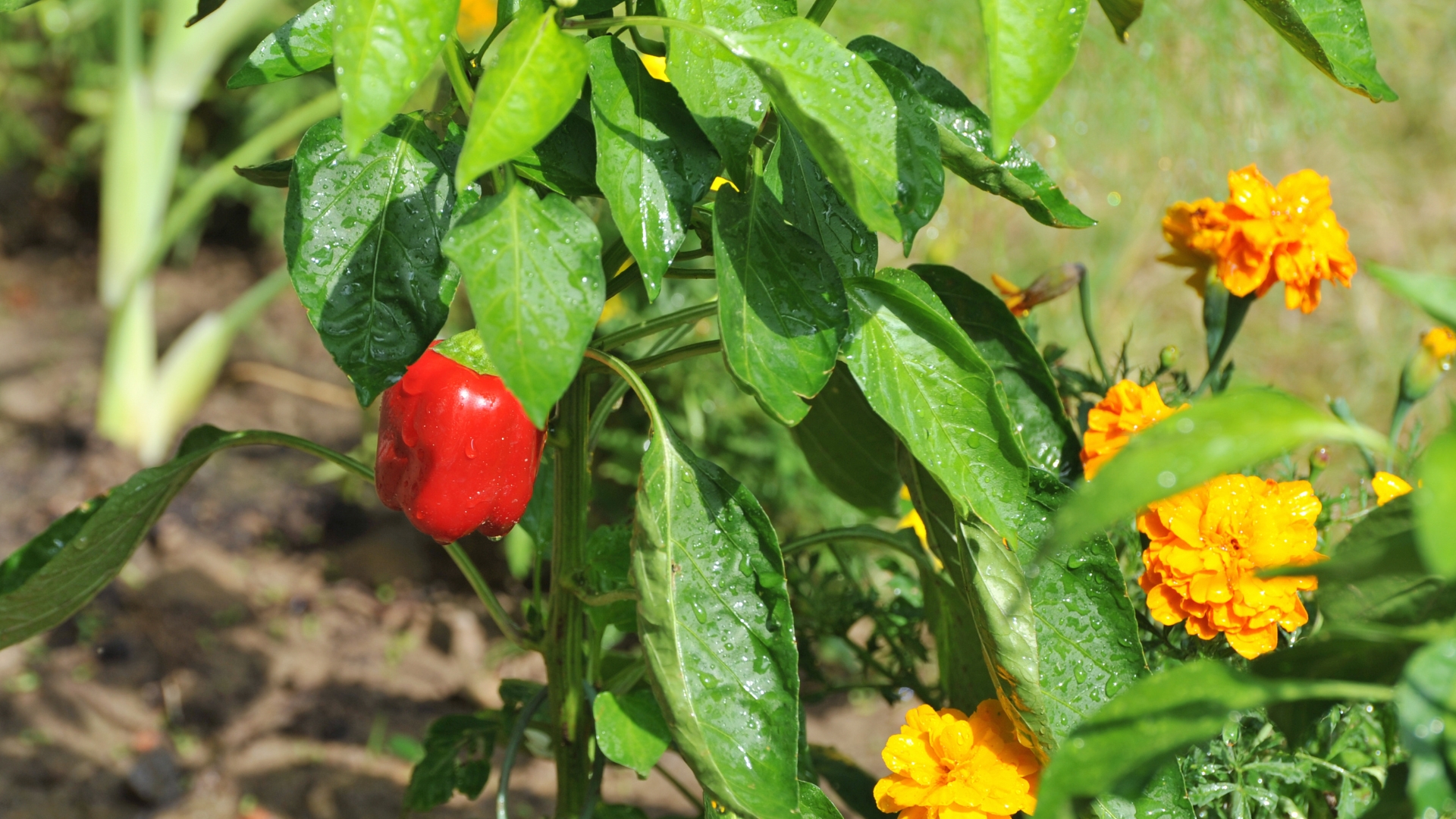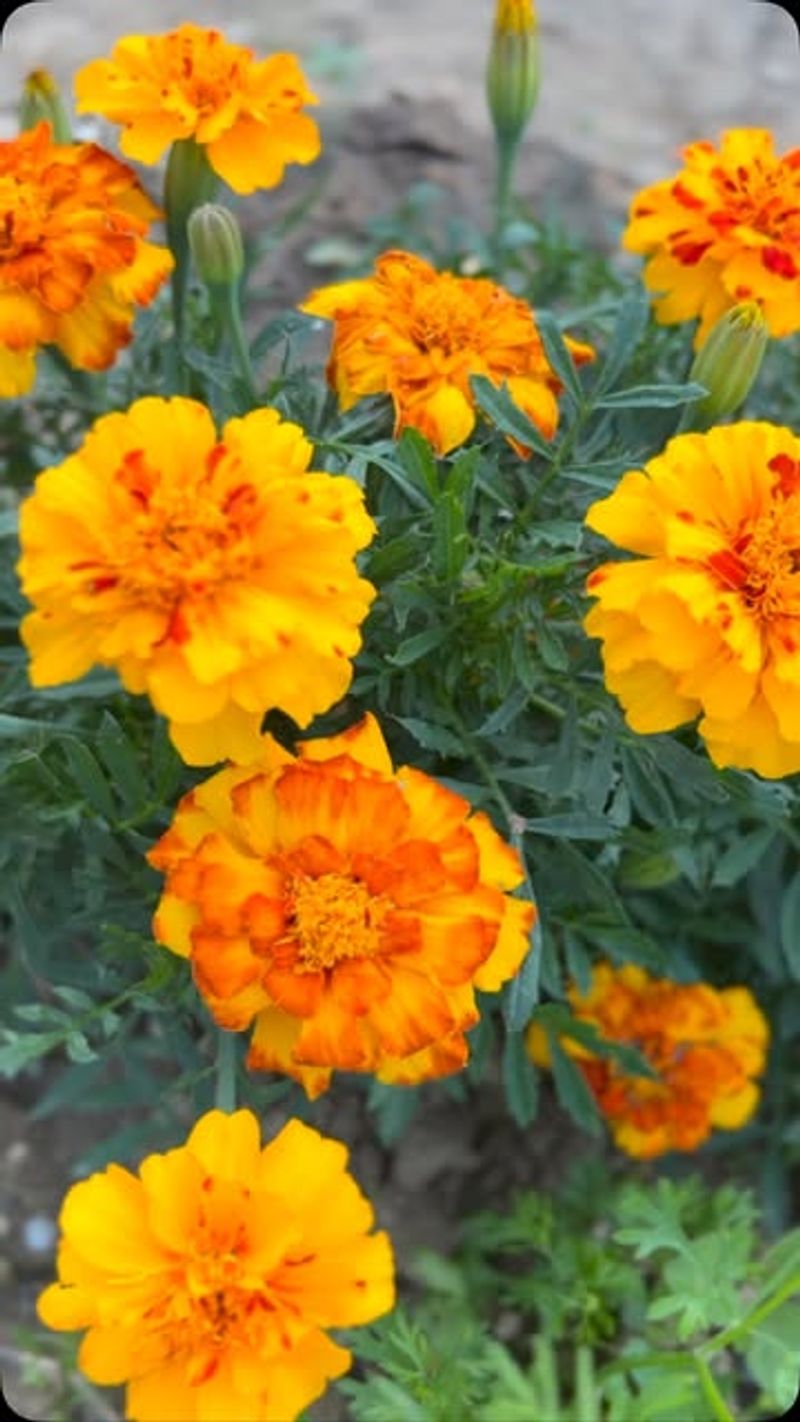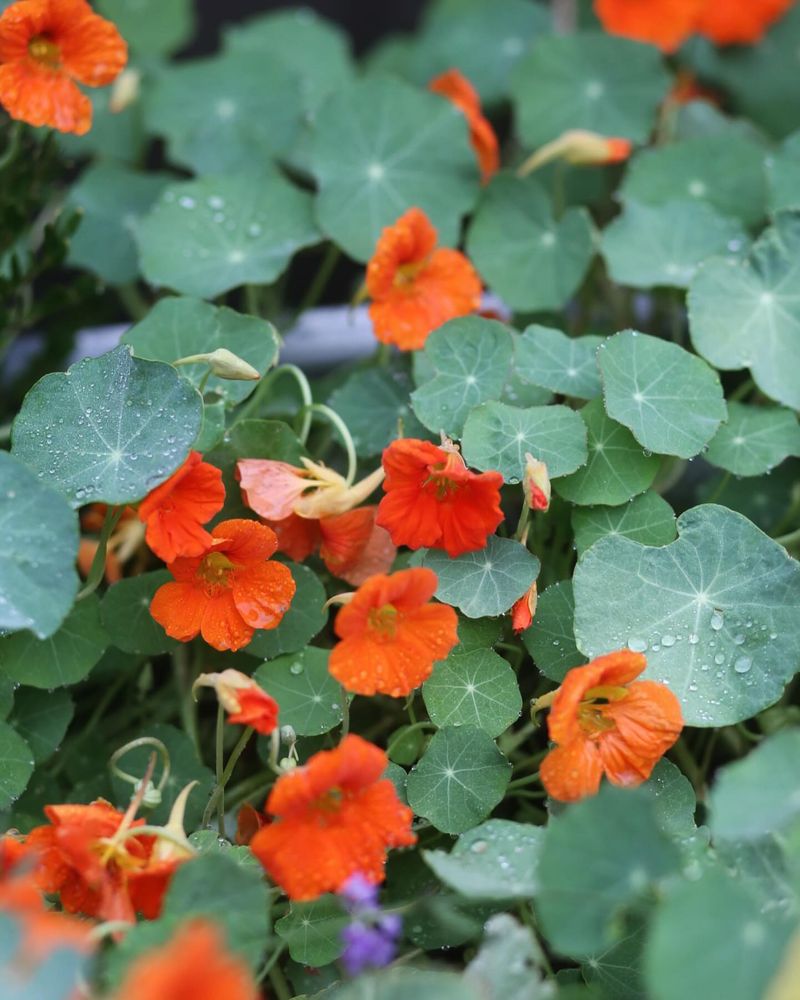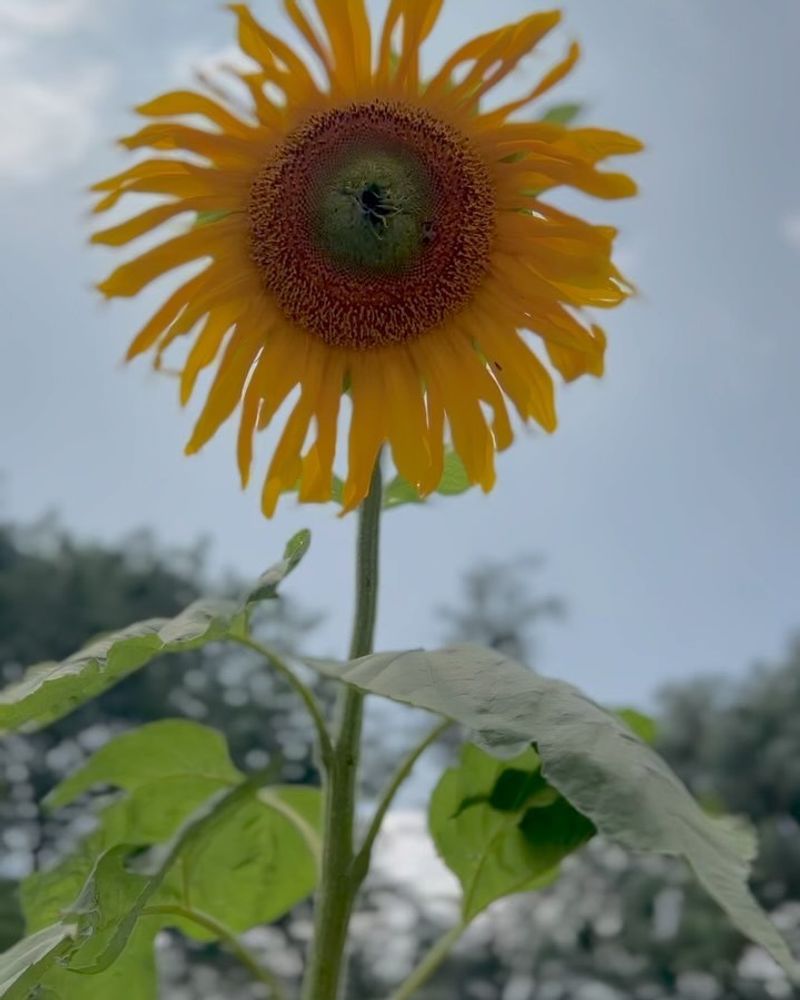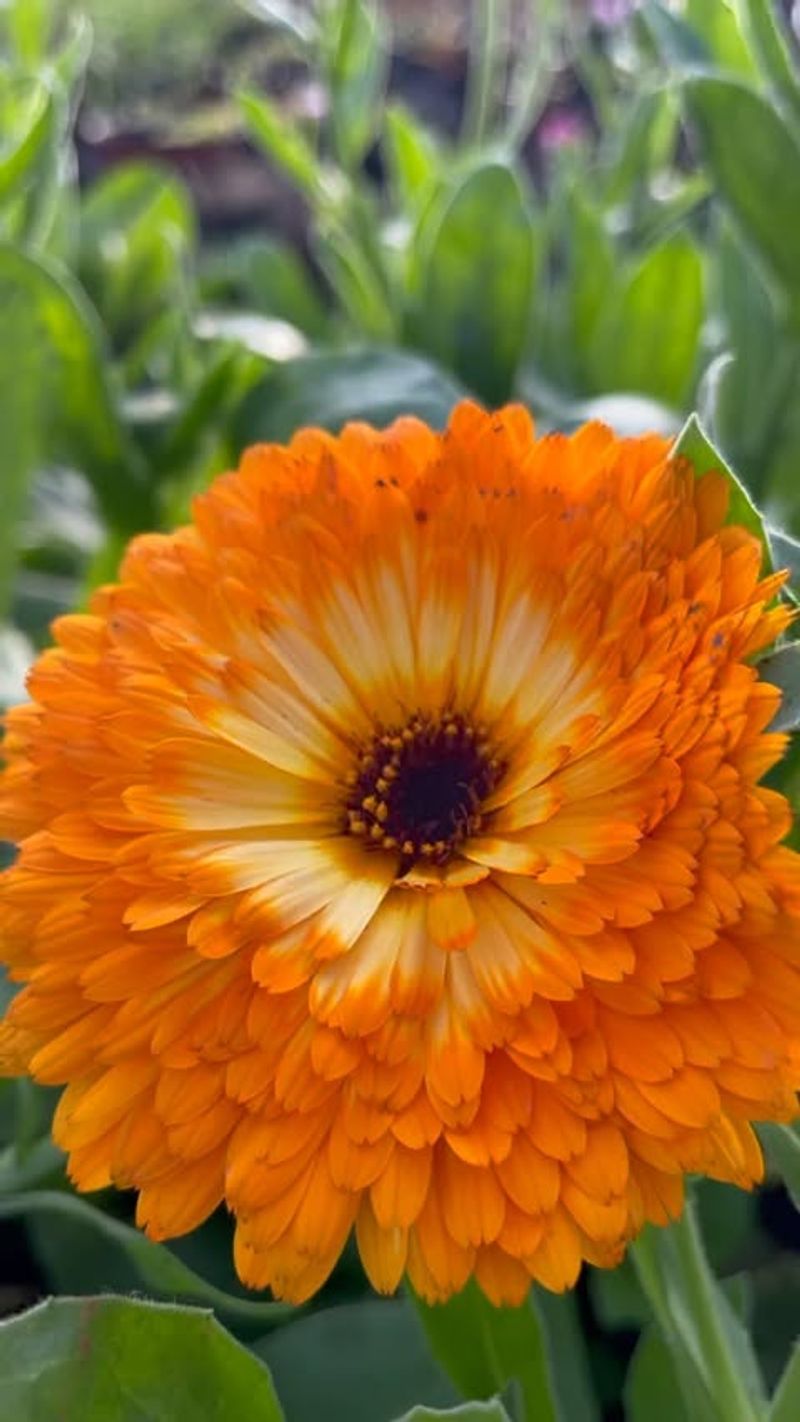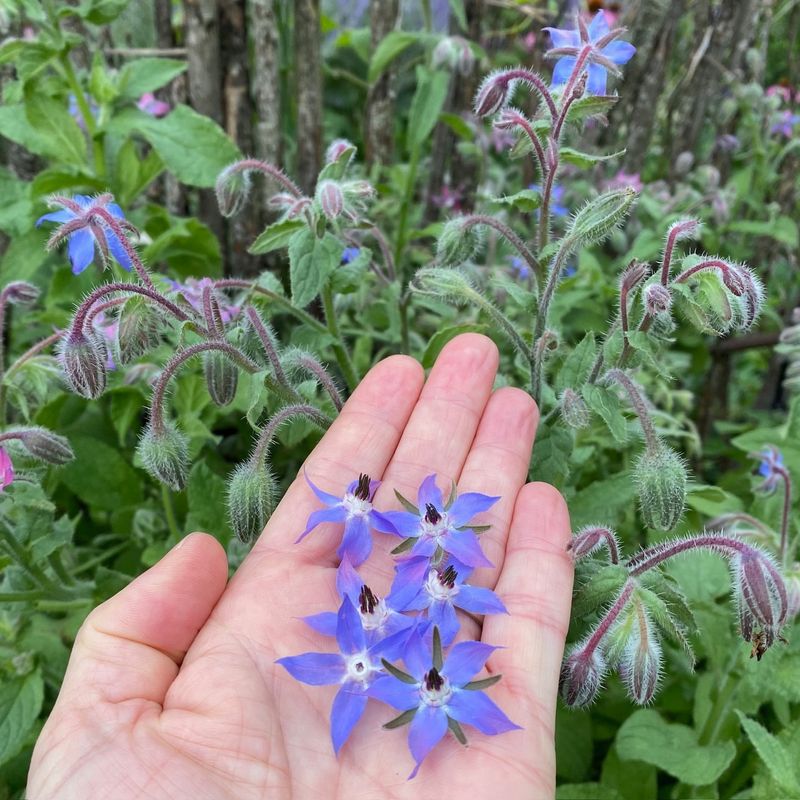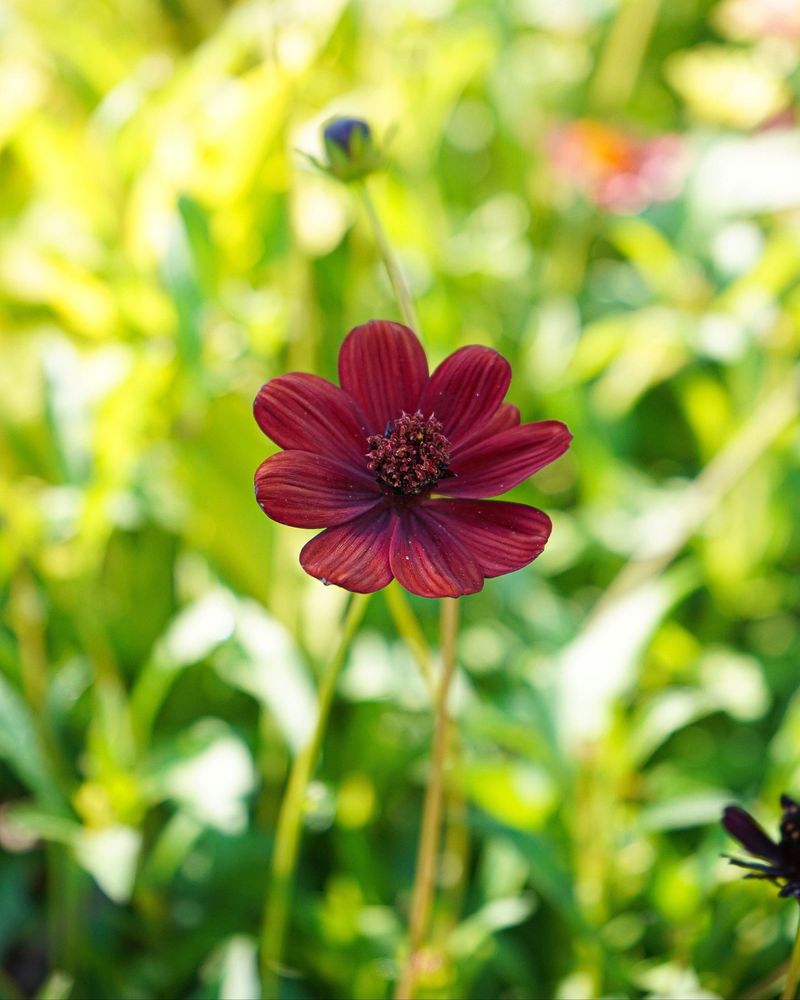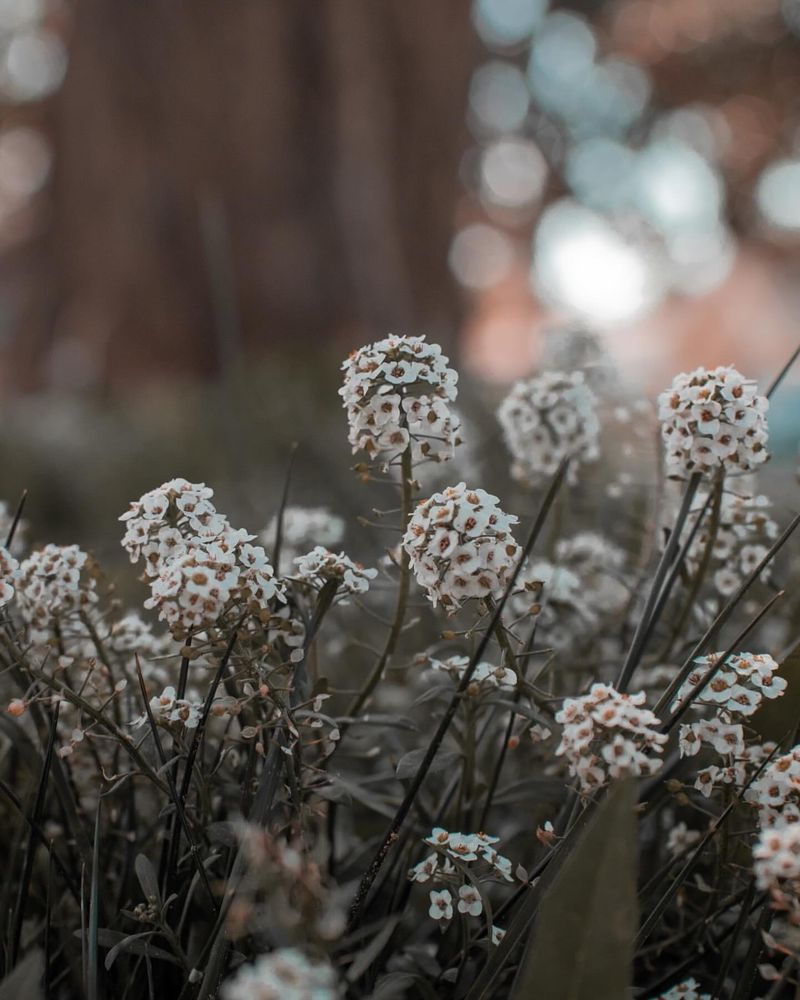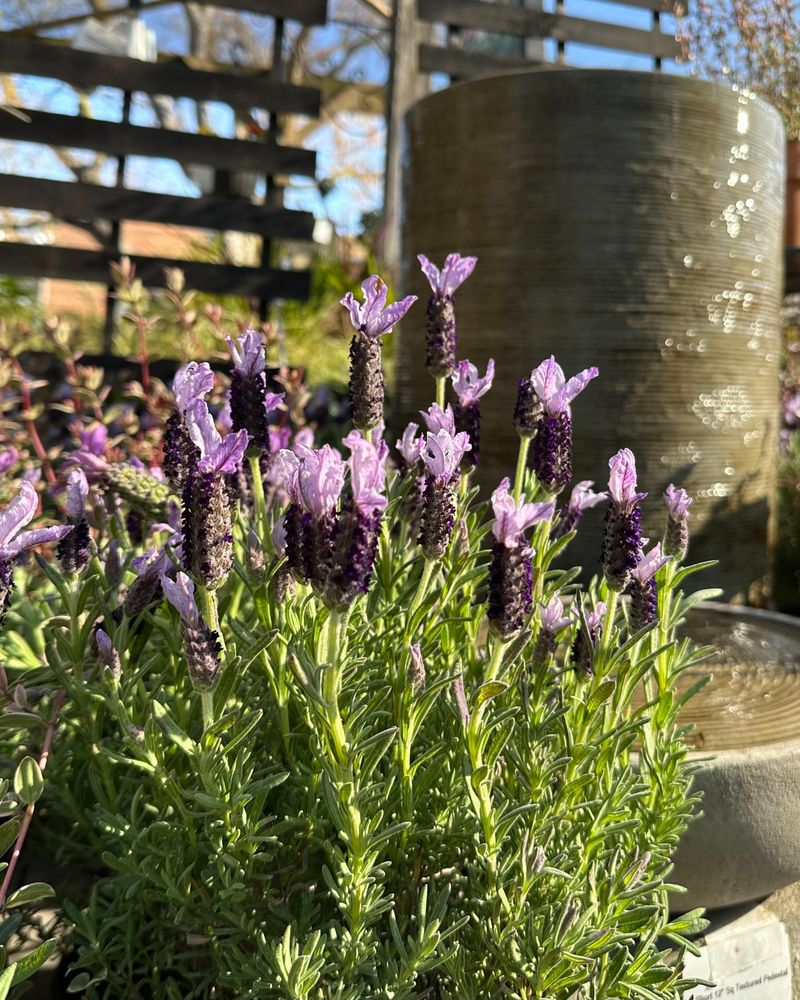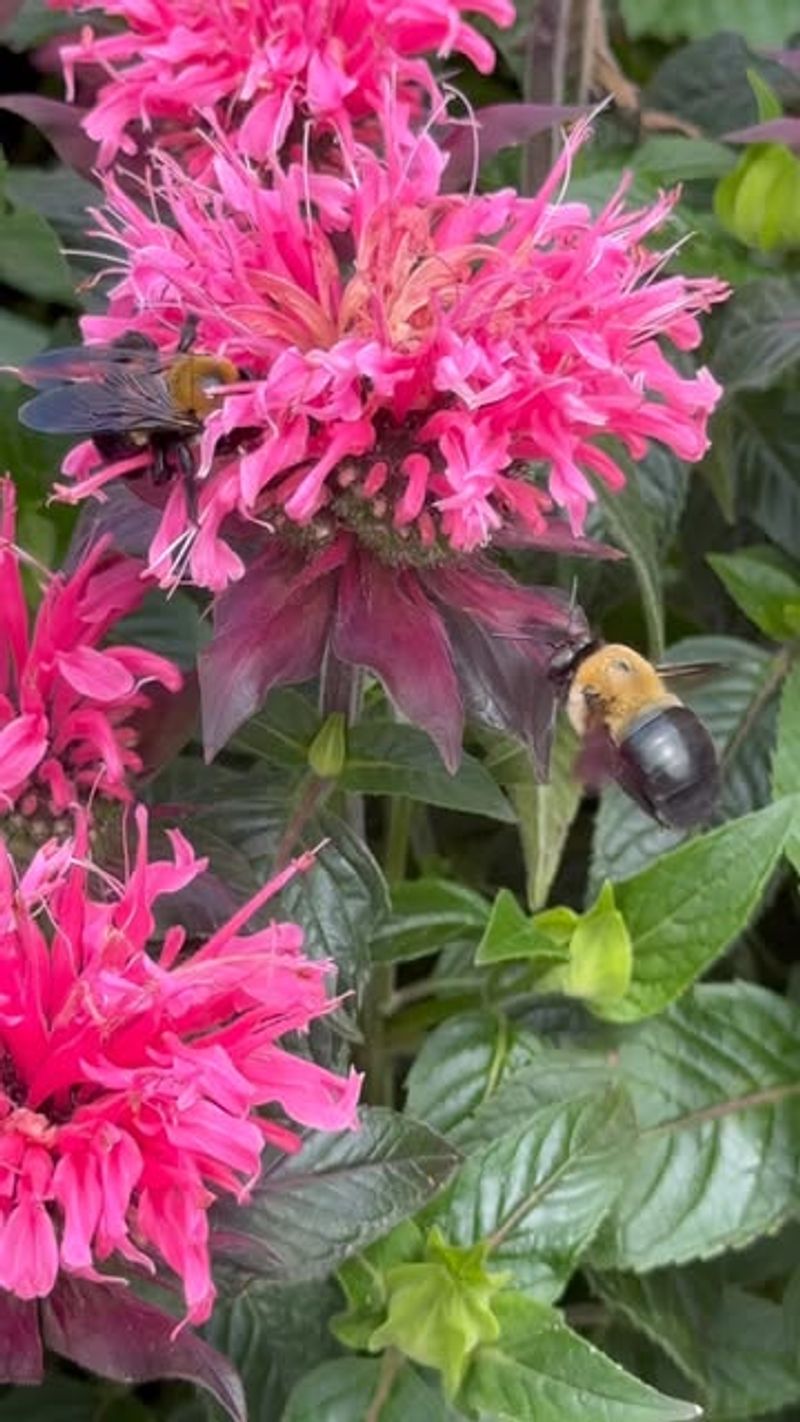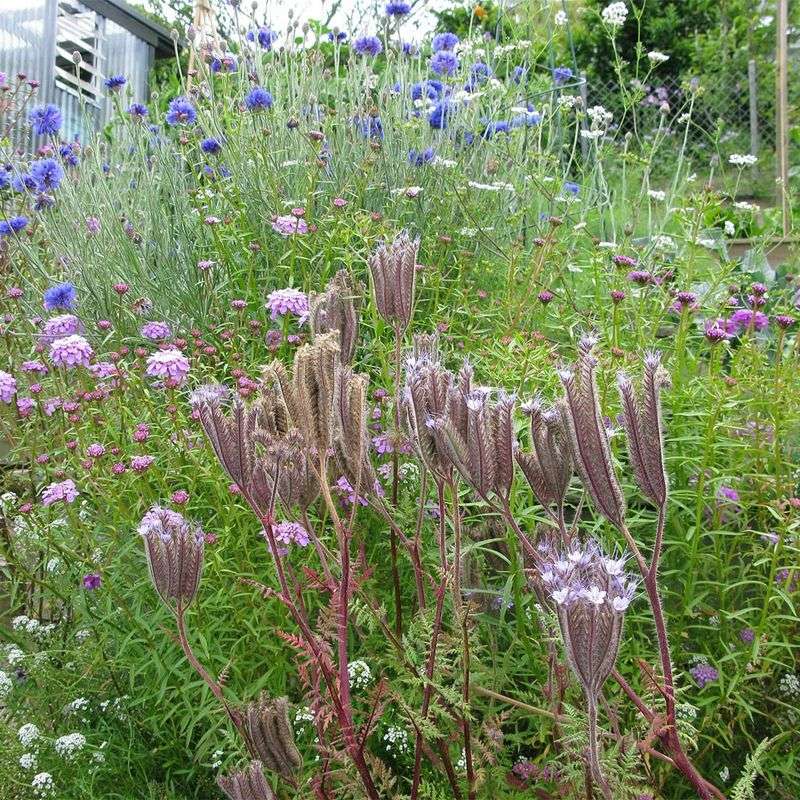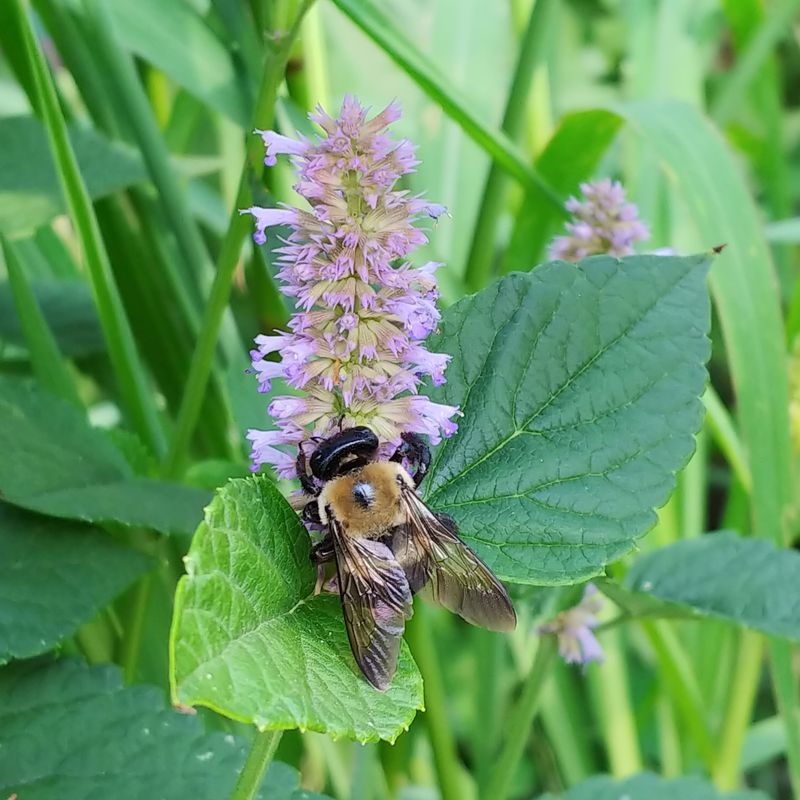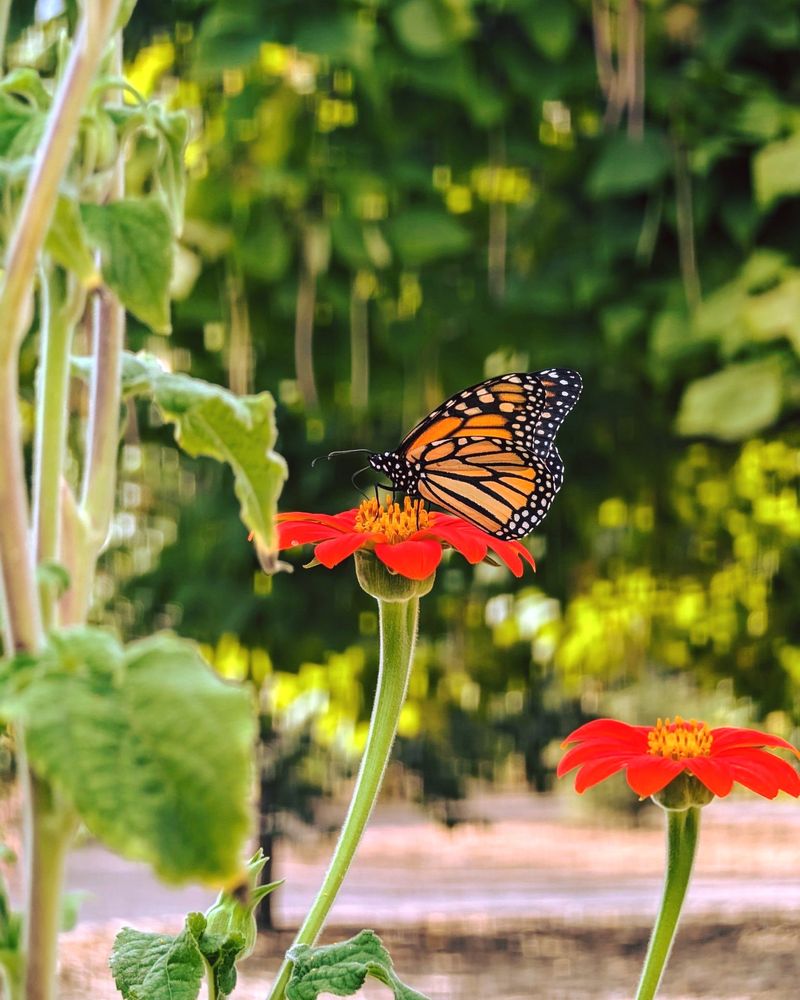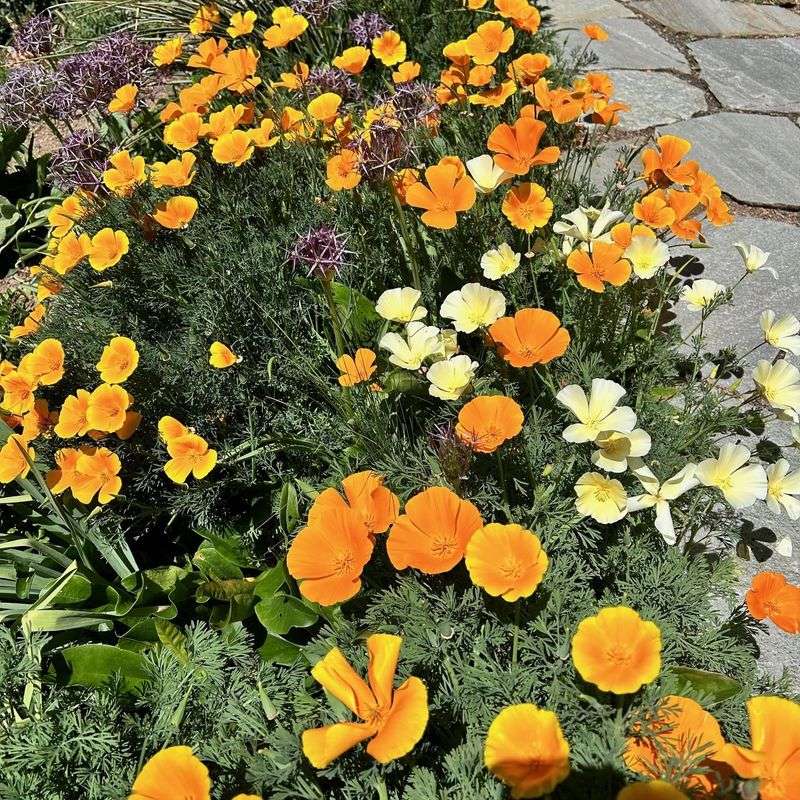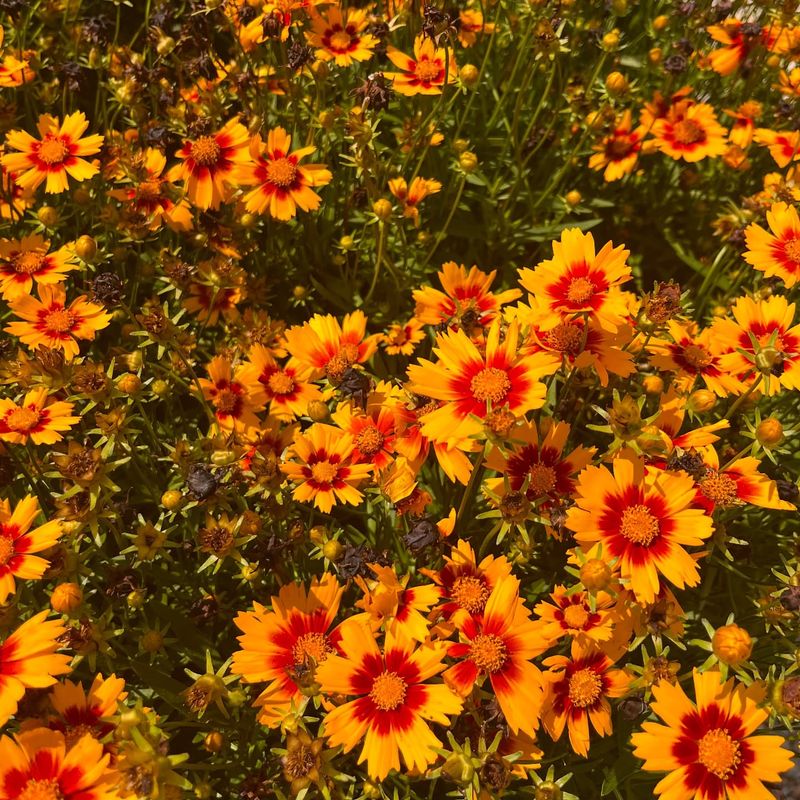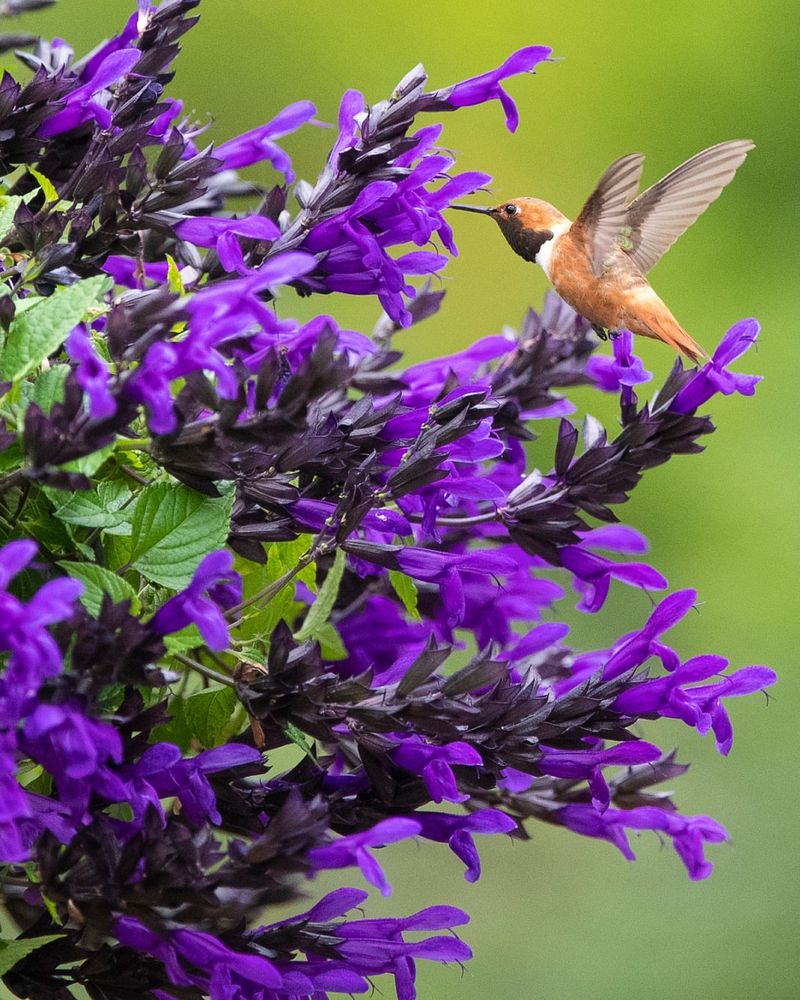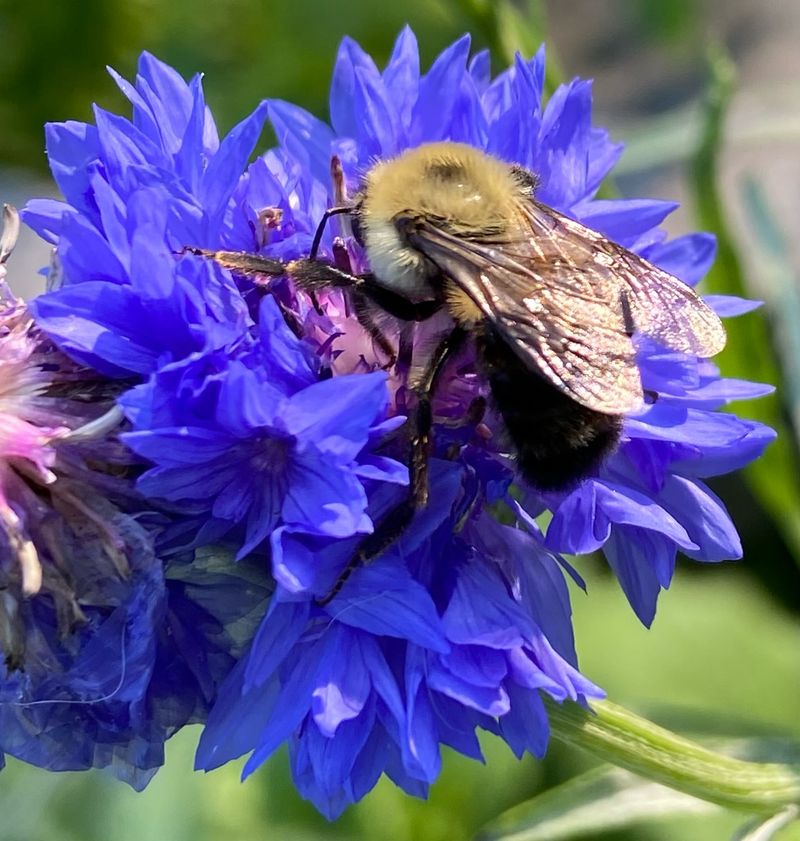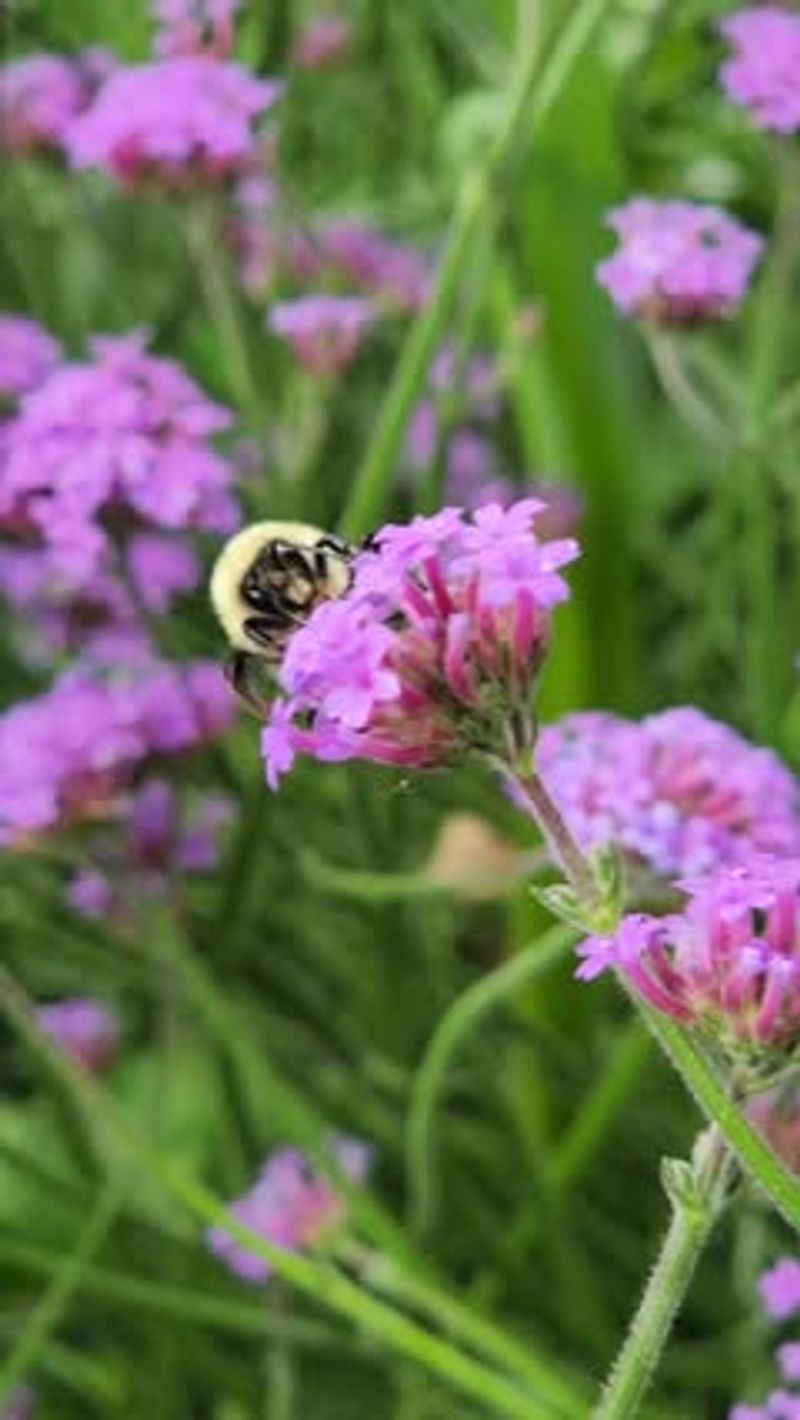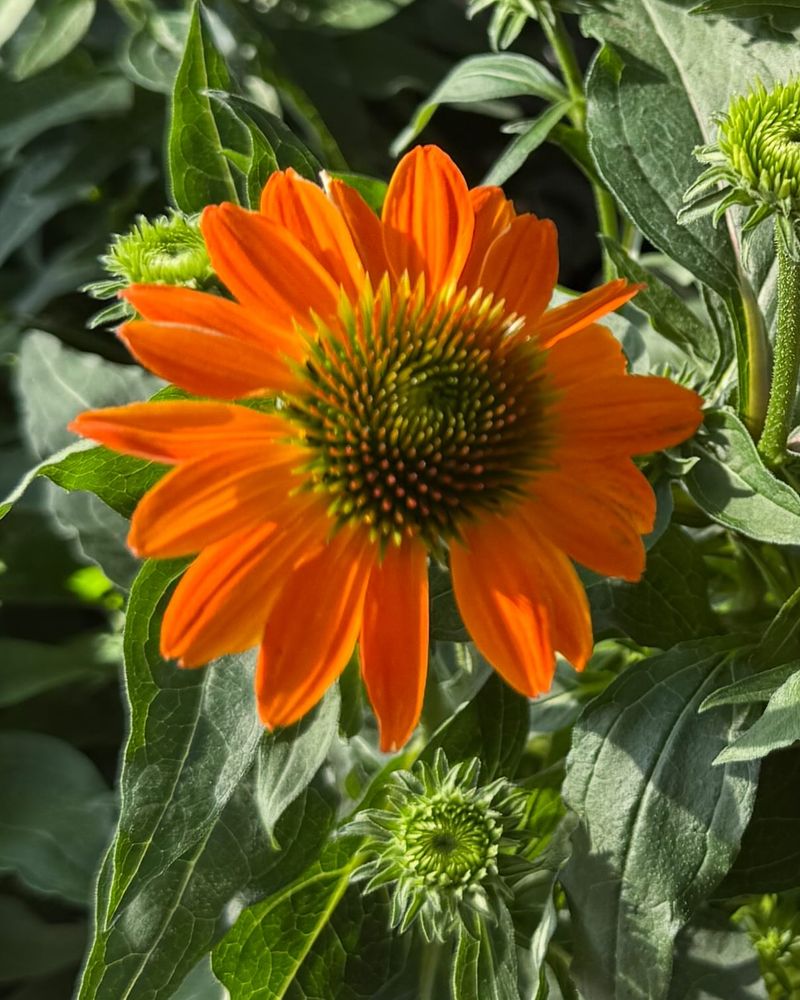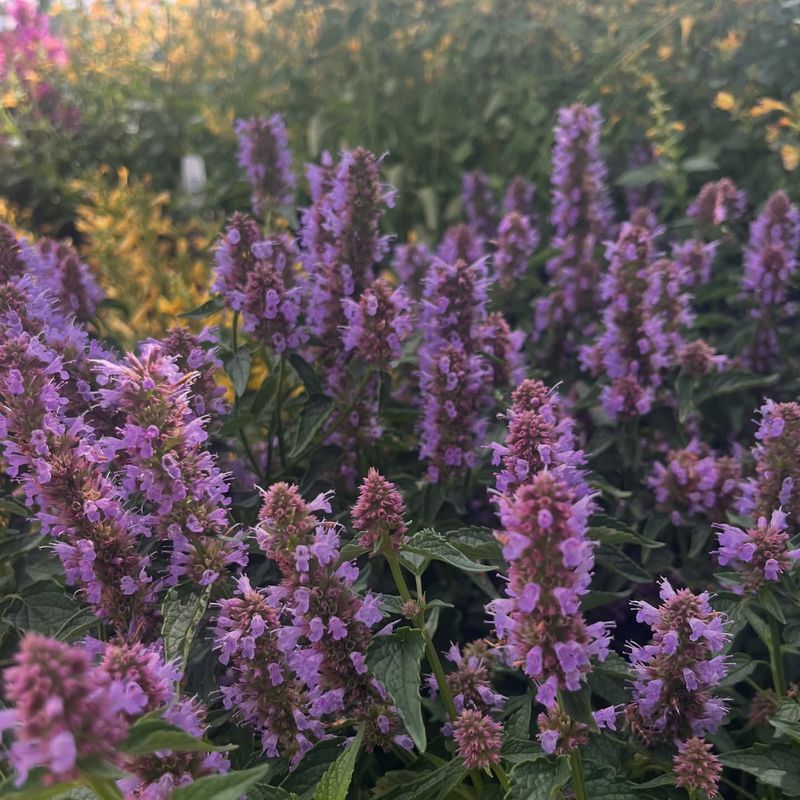Your vegetable garden doesn’t just love compost and sunshine—it loves good company, too. Planting the right flowers next to your veggies can boost pollination, attract beneficial bugs, and even help fight off pests naturally.
July is a perfect time to slip in a few fast-growing blooms that pull their weight and then some. These 20 companion flowers don’t just look pretty—they’ll make your veggies healthier, happier, and more productive.
1. Marigolds: Nature’s Pest Patrol
Marigolds release a scent that drives away harmful nematodes and other garden pests. Their bright orange and yellow blooms create a protective barrier around vegetables like tomatoes, peppers, and eggplants.
The roots produce chemicals that cleanse the soil of damaging organisms. Many gardeners swear by planting marigolds near their squash and cucumber plants to repel squash bugs.
French marigolds work best for pest control, while African marigolds add dramatic height and color to your garden borders.
2. Nasturtiums: Edible Pest Magnets
Nasturtiums serve as sacrifice plants, luring aphids away from your precious vegetables. Their peppery-tasting leaves and vibrant flowers in shades of red, orange, and yellow are completely edible, making tasty additions to summer salads.
Plant them near cucumbers, squash, and broccoli for maximum benefit. The sprawling varieties create living mulch that helps retain soil moisture during hot July days.
Cabbage worms particularly love nasturtiums, so your cabbage family crops stay protected while these beautiful flowers take the hit.
3. Sunflowers: Tall Guardians
Towering sunflowers create natural trellises for climbing vegetables like beans and peas. Their height provides afternoon shade for heat-sensitive crops during scorching July temperatures.
Bees and other pollinators flock to sunflowers, increasing pollination rates throughout your garden. The seeds later become natural bird feeders, attracting feathered friends that hunt caterpillars and other pests.
For best results, plant smaller sunflower varieties like ‘Teddy Bear’ or ‘Junior’ that won’t completely overshadow your vegetables.
4. Calendula: Healing Garden Helper
Calendula’s sticky stems trap aphids and whiteflies before they reach your vegetables. The bright orange and yellow blooms attract hoverflies, whose larvae devour aphids by the hundreds.
Known as pot marigold, calendula thrives alongside tomatoes, peppers, and carrots. Petals can be harvested for medicinal salves or to add color to summer dishes.
Unlike some companion plants, calendula tolerates partial shade, making it perfect for tucking between taller vegetables where other flowers might struggle.
5. Borage: Blue Star Wonder
Borage’s vivid blue star-shaped flowers make it a standout companion for strawberries, tomatoes, and squash. The nectar-rich blooms attract bees and beneficial wasps that prey on garden pests.
Its deep taproot brings up nutrients from lower soil layers, naturally fertilizing nearby plants. Cucumber beetles steer clear of areas where borage grows, protecting your cucumber and melon crops.
The fuzzy leaves and flowers have a refreshing cucumber flavor – freeze them in ice cubes for a garden-fresh addition to summer drinks.
6. Cosmos: Delicate Pest Fighters
Cosmos flowers sway on slender stems, attracting beneficial insects with their pink, white, or magenta blooms. Green lacewings and parasitic wasps drawn to cosmos naturally control aphids, caterpillars, and other vegetable pests.
Plant them around corn and alongside cucumber beds for best results. Their airy structure allows good airflow in the garden, reducing fungal problems during humid July weather.
Cosmos reseed easily, creating volunteer plants year after year without becoming invasive – a low-maintenance companion that keeps working for seasons to come.
7. Zinnias: Butterfly Buffet
Zinnias burst with color that lasts all summer, creating a paradise for butterflies and pollinators. Their long-lasting blooms come in every shade imaginable, brightening vegetable gardens while providing crucial nectar sources.
Plant zinnias near cucumber, squash, and tomatoes to increase pollination and fruit set. The ‘Cut and Come Again’ varieties produce more flowers the more you harvest, ensuring continuous blooms through fall.
Soldier beetles attracted to zinnias feast on cucumber beetle larvae and other soil-dwelling pests that damage root vegetables.
8. Sweet Alyssum: Ground-Level Guardian
Sweet alyssum creates a living carpet of tiny white, pink, or purple flowers that smell like honey. Its low-growing habit makes it perfect for planting between rows of lettuce, kale, and other leafy greens.
Hoverflies adore alyssum and lay eggs nearby, producing larvae that devour aphids threatening your crops. The dense growth suppresses weeds while allowing vegetable roots to grow unimpeded.
Unlike many flowers, alyssum tolerates cooler temperatures, continuing to bloom and attract beneficial insects well into fall harvest season.
9. Lavender: Aromatic Defender
Lavender’s intoxicating fragrance masks the scent of vegetables, confusing pests that find plants by smell. Bees buzz constantly around the purple spikes, increasing pollination throughout your garden.
Plant lavender near cabbage family crops to repel cabbage moths and whiteflies. The woody perennial also deters rabbits and deer with its strong scent, protecting your entire garden from larger pests.
English lavender varieties like ‘Munstead’ and ‘Hidcote’ work best in vegetable gardens, thriving in the same well-drained soil conditions that tomatoes and peppers prefer.
10. Bee Balm: Pollinator Party Central
Bee balm’s shaggy, crown-like flowers in red, pink, or purple create a feeding station for bees, butterflies, and hummingbirds. These pollinators then visit your vegetable blossoms, dramatically increasing yields of tomatoes, peppers, and squash.
The aromatic leaves repel tomato hornworms and improve the flavor of nearby tomatoes. Native bee balm varieties are particularly hardy, standing up to July heat while continuing to attract beneficial insects.
Mildew can affect bee balm in humid conditions, so provide good air circulation by spacing plants properly around your vegetable beds.
11. Phacelia: Fast-Growing Bee Magnet
Phacelia produces incredible fern-like foliage topped with curling clusters of lavender-blue flowers. Sometimes called lacy phacelia, this quick-growing annual can be sown directly in July and will flower within 6-8 weeks.
Beneficial insects absolutely cannot resist its nectar-rich blooms. Green beans, peas, and corn particularly benefit from phacelia’s ability to fix nitrogen in the soil while attracting pollinators.
The delicate flowers last well into fall, providing late-season nectar for bees preparing for winter – a garden gift that keeps giving.
12. Anise Hyssop: Licorice-Scented Protector
Anise hyssop’s tall purple flower spikes emit a delightful licorice scent that repels cabbage moths and Japanese beetles. Bumblebees particularly love these blooms, becoming regular visitors to your garden and pollinating vegetable flowers.
Plant anise hyssop near brassicas like broccoli, cabbage, and kale to keep pests at bay. The edible flowers and leaves add a subtle licorice flavor to summer teas and salads.
As a perennial in most regions, anise hyssop returns year after year, creating an established beneficial insect habitat that improves with age.
13. Mexican Sunflower: Butterfly Highway
Mexican sunflowers explode with fiery orange-red blooms that monarchs and other butterflies find irresistible. Unlike traditional sunflowers, these plants branch extensively, creating multiple landing pads for beneficial insects.
Growing 4-6 feet tall, they create excellent windbreaks for protecting delicate vegetable seedlings during summer storms. The vibrant blooms particularly benefit cucumber, squash, and melon plants by attracting numerous pollinators.
Deadhead spent flowers to encourage continuous blooming through October, extending the pollinator season for fall vegetable crops.
14. California Poppies: Drought-Tolerant Allies
California poppies unfurl silky orange, yellow, or pink cups that close at night and on cloudy days. Their deep taproots break up compacted soil, improving conditions for root vegetables like carrots and radishes.
Hoverflies and ladybugs frequent these blooms, then hunt aphids on nearby vegetable plants. The poppies’ drought tolerance makes them perfect companions for Mediterranean herbs and vegetables that prefer drier conditions.
Allow some flowers to set seed, and they’ll return year after year, gradually naturalizing in sunny spots throughout your garden.
15. Coreopsis: Long-Blooming Beneficials Host
Coreopsis produces masses of daisy-like flowers in gold, yellow, or bicolors that bloom relentlessly from early summer through fall. The abundant blossoms support predatory insects like soldier beetles and assassin bugs that hunt vegetable pests.
Plant coreopsis near tomatoes, peppers, and eggplants to reduce pest pressure. Their shallow roots don’t compete with vegetables, making them ideal garden companions.
Annual varieties like ‘Plains Coreopsis’ can be sown directly in July for quick color, while perennial types establish permanent beneficial insect habitat.
16. Salvia: Hummingbird Haven
Salvia’s tubular flowers in shades of blue, purple, or red are hummingbird magnets. These fascinating birds also consume small insects, providing natural pest control as they visit your garden for nectar.
Annual salvias like ‘Victoria Blue’ can be planted in July for quick results. Their deep roots don’t interfere with shallow-rooted vegetables like lettuce and spinach, making them perfect companion plants.
Deer and rabbits typically avoid salvias, so planting them around the perimeter of your vegetable garden creates a protective, aromatic barrier.
17. Bachelor’s Buttons: Beneficial Insect Buffet
Bachelor’s buttons produce fluffy blue, pink, or white blooms that beneficial insects can’t resist. Their nectar feeds parasitic wasps that lay eggs on tomato hornworms and cabbage worms, naturally controlling these common garden pests.
Direct-sow these easy-growing annuals near beans, peas, and corn in July for late summer and fall blooms. The flowers are edible, adding pops of color to summer salads harvested from your garden.
Cut the faded flowers to encourage more blooms, or leave some to develop seeds that will self-sow for next year’s garden.
18. Verbena: Heat-Loving Pollinator Paradise
Verbena thrives in July’s heat, producing clusters of tiny flowers in purple, pink, or white that attract butterflies and native bees. The flat flower heads provide perfect landing pads for beneficial insects that protect your vegetables.
Annual varieties like ‘Buenos Aires’ reach 3-4 feet tall, creating vertical interest among shorter vegetables. Their airy growth habit allows good airflow, reducing disease problems in humid summer conditions.
Plant verbena near cucumbers, melons, and squash to boost pollination rates and increase your harvest of these summer favorites.
19. Gaillardia: Tough-as-Nails Nectar Source
Gaillardia, or blanket flower, produces red and yellow daisy-like blooms that thrive in poor soil and drought conditions. Their extended blooming period provides continuous nectar for beneficial insects from summer through fall.
Plant gaillardia near onions, garlic, and other alliums that benefit from increased pollinator visits. The deep taproots help break up clay soil, improving drainage for nearby vegetables.
Once established, these perennials require almost no care, returning year after year to support your garden’s beneficial insect population.
20. Agastache: Mint-Family Miracle Worker
Agastache combines beautiful flower spikes with aromatic foliage that deters many garden pests. The anise-scented leaves and purple, pink, or orange blooms make this mint relative a powerhouse companion plant.
Bees absolutely cover agastache flowers, increasing pollination throughout your vegetable garden. Plant it near squash, melons, and other crops that require pollination for fruit development.
Unlike true mints, agastache stays well-behaved in the garden, forming clumps rather than spreading aggressively through underground runners.

